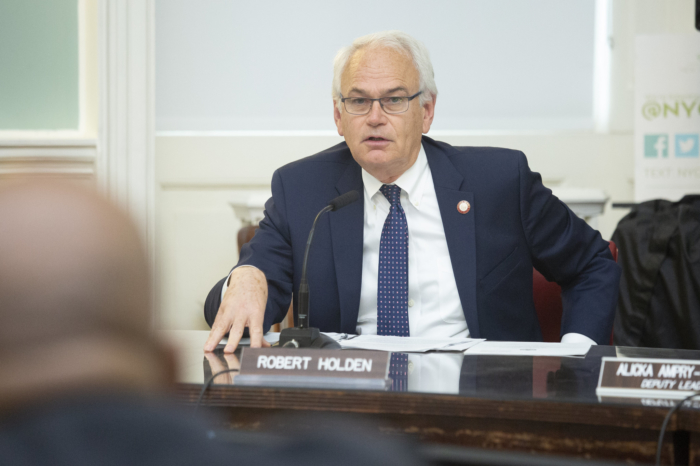By William Lewis
Our democratic system of government has always, since its founding, featured American citizens voting at the local level for candidates to represent them for town, city and state government.
The entire state votes as one unit for U.S. president, vice president, the U.S. Senate and governor. We have just seen a portion of our states voting on Nov. 4 for the Senate and governorships.
In federal elections, only U.S. congressional seats are broken down according to districts. All 50 states have state and local Boards of Elections to supervise voting procedures.
Up to the 1930s and 1940s, most states used paper ballots for elections. That being the case, it was believed there was a significant amount of fraud in the process such as voting more than once at several locations and people voting under different names.
Once voting machines came into being, it was at first believed by some political observers that total honesty would be restored to our voting system with paper ballots gone. Our voting procedures would be improved for future elections. However, in due time fraudulent means came into the system.
Paper ballots came back from the standpoint of absentee ballots cast through the mail by people who did not go to the polls and vote on Election Day. This system raises the possibility that someone other than the person designated to sign the ballot, signed and sent in the vote. In recent years, absentee paper ballots have increased enormously.
There have been calls for online voting. If such a system came into being, it would bring into question constant challenges to voting results.
Some states have started early voting, weeks before the fall scheduled election. Some voters who vote early may want to change their vote by the time of the regularly scheduled election.
To ensure the maximum check on the system, elections should all be held on the same day. The Boards of Elections should encourage citizens to go to the polls and vote rather than send in paper absentee ballots.
In the State of Israel when they have national elections, no absentee ballots are allowed. All citizens who vote must go to the voting sites to cast their votes. Elections in Israel are usually over by the evening hours. There is no waiting for absentee ballots to be counted in close elections.
With the constant increase in paper ballots, it is becoming increasingly difficult to monitor the results in a reasonable amount of time.
It is not helpful to the American voting system for the election results in some elections, especially state-wide races, to be known weeks and sometimes months after the election was held.
In Great Britain elections results are usually known within hours after the polls are closed. It would be beneficial to our voting system to move in that direction.
In recent years there have been efforts to allow non-citizens who are legal residents of the United States, to vote in local citywide elections.
This type of voting will challenge the very concept of what is an American citizen. If a non-citizen can vote, then they may be eligible for other citizen benefits as well.
This concept brings into being the question as to who is a U.S. citizen. Possibly it should be more carefully defined in our federal Constitution.
Voting is the right of a U.S. citizen only. That has always been the case.
We are a nation of citizens and voting is one of our most important rights. Hopefully, that will continue.
































